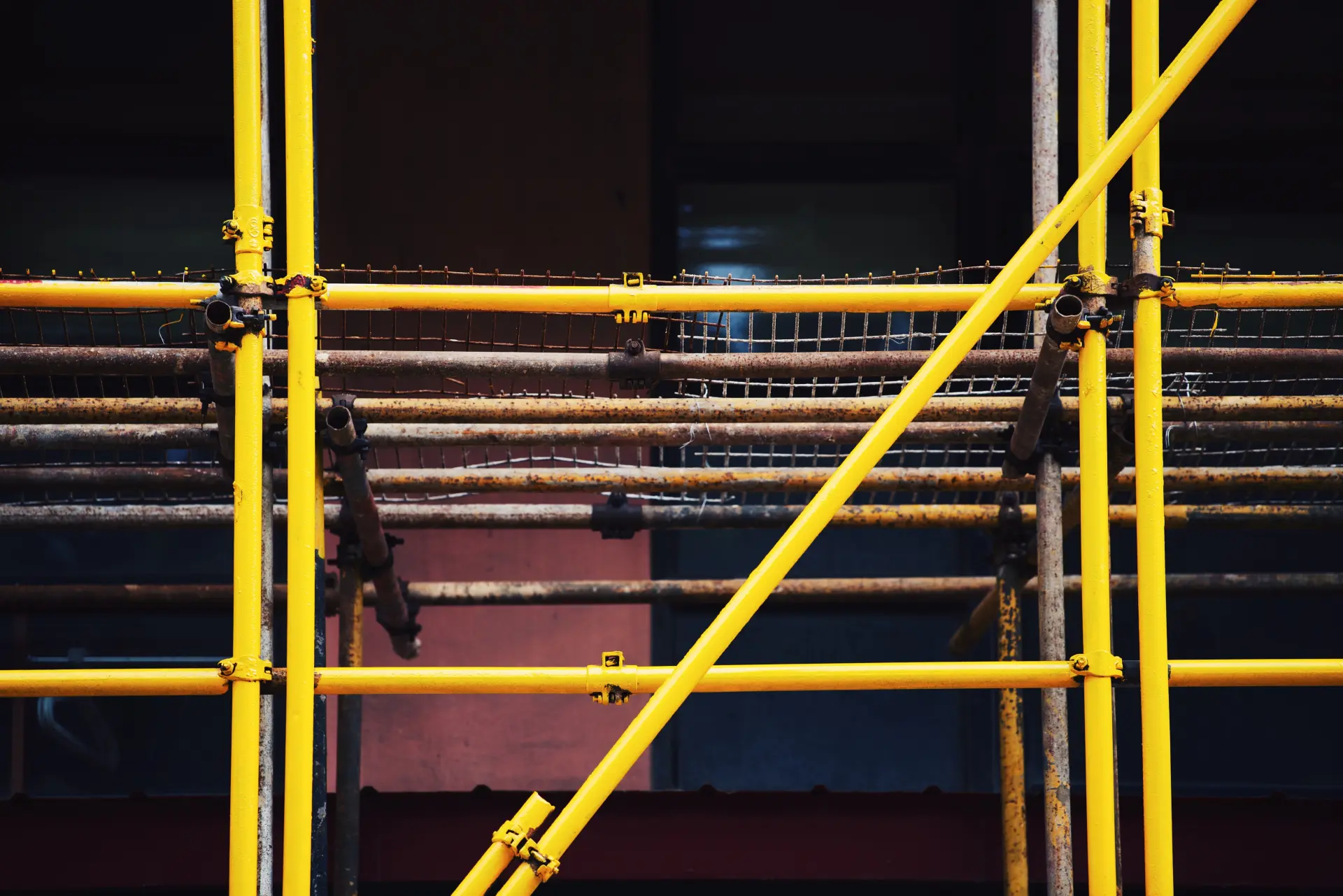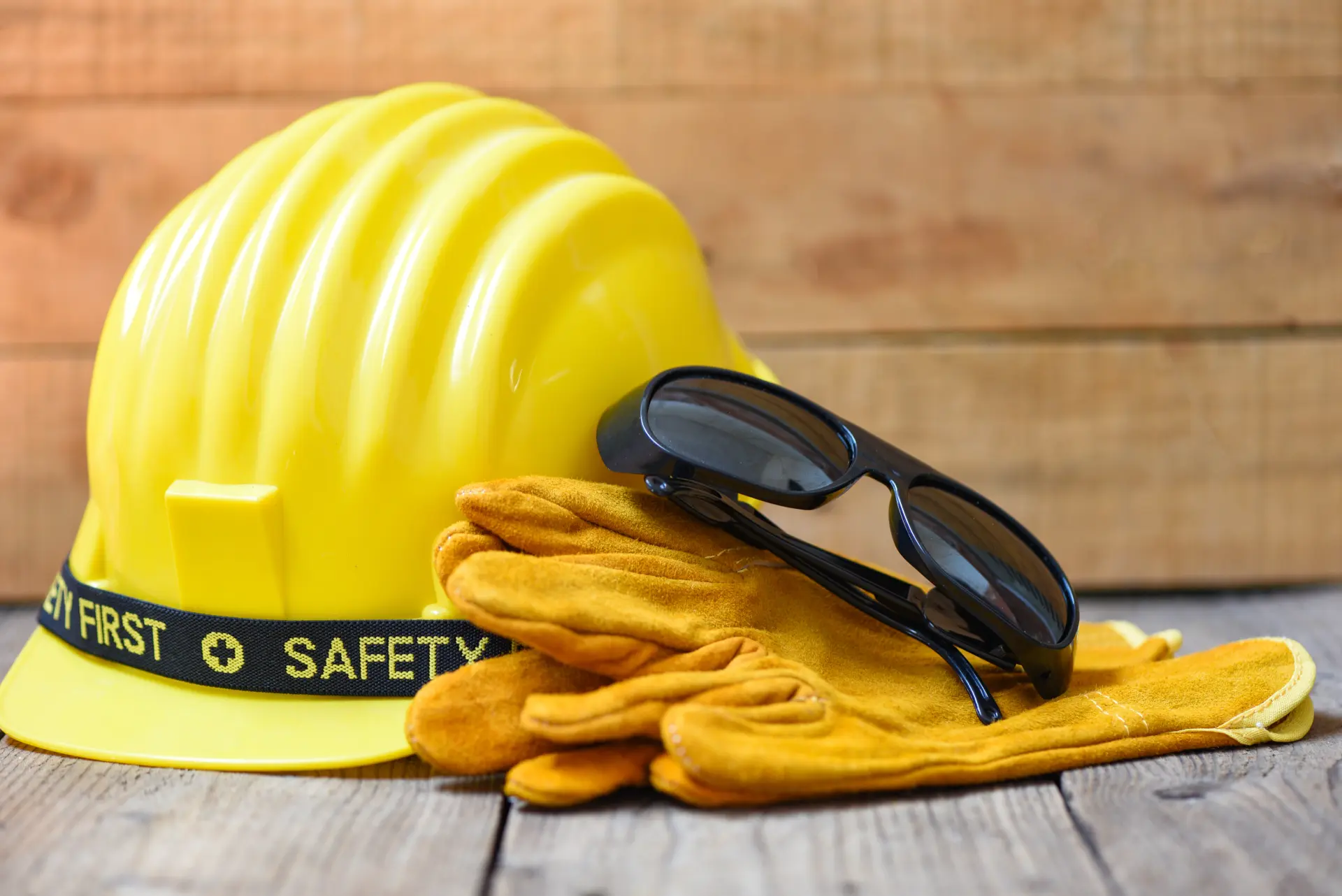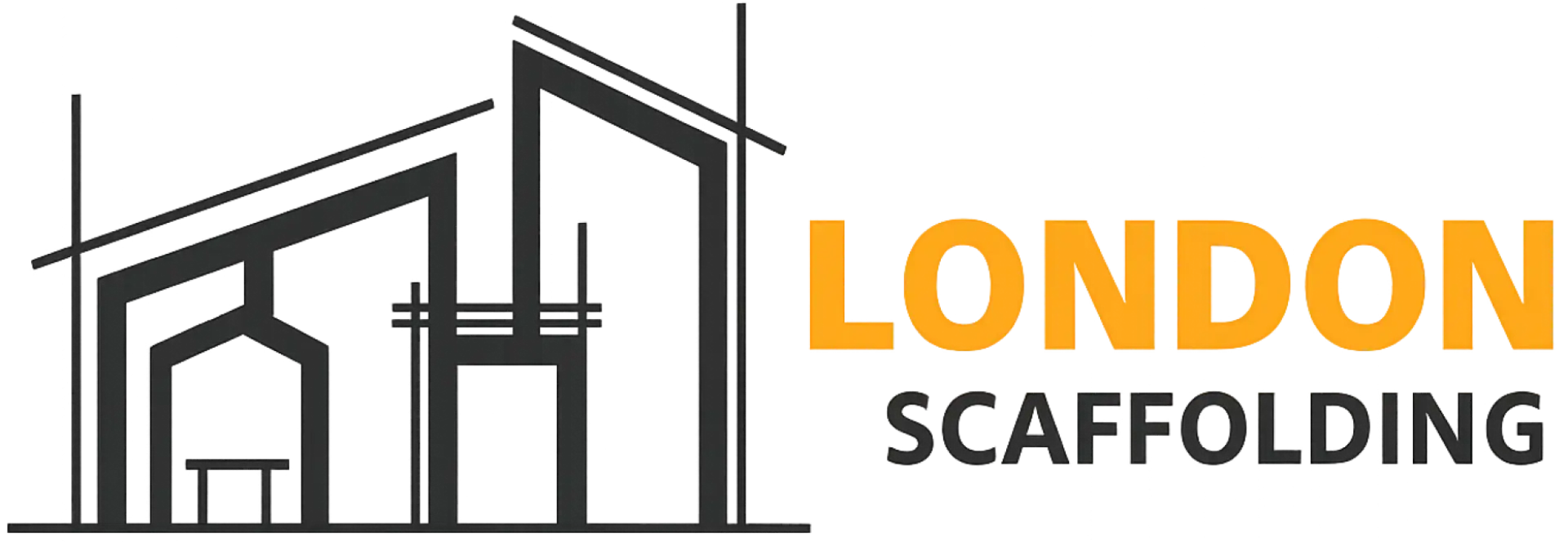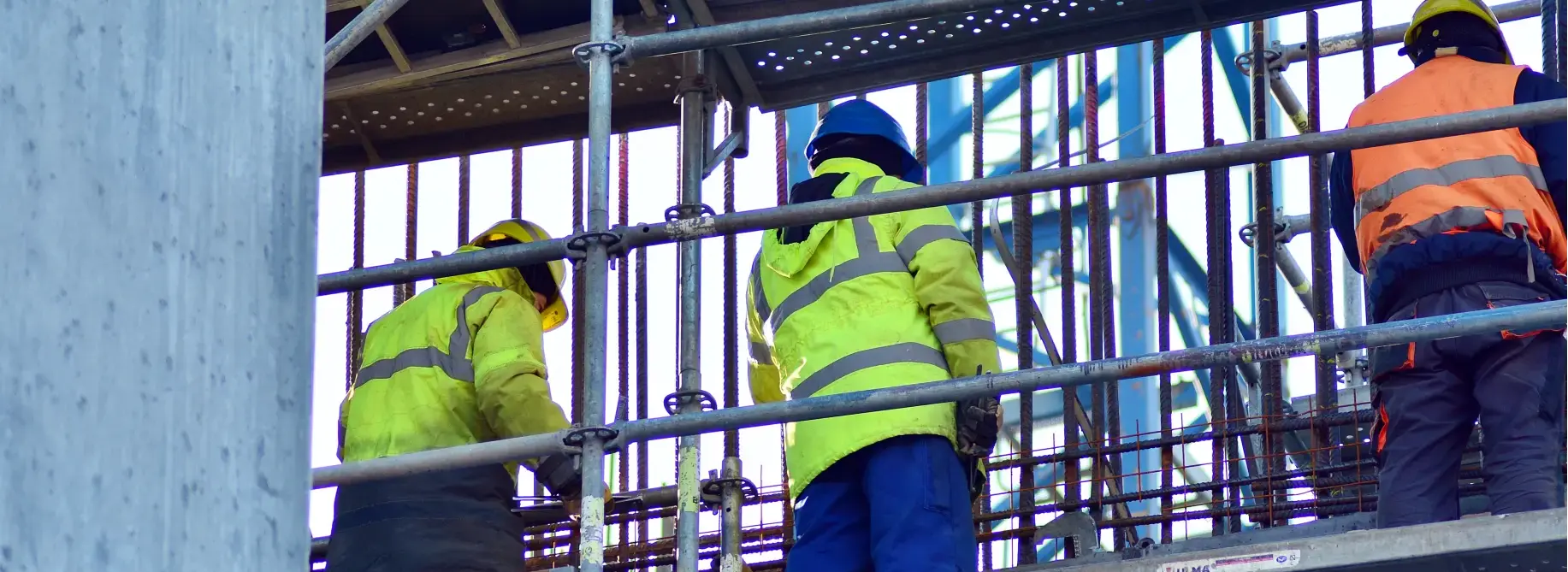Learn essential safety tips for scaffolding at home, from stable setup to gear use, to keep your DIY projects safe and prevent accidents effectively.
Checking for solid ground and level setup
Before you decide to put up any kind of scaffolding for your project, it is always important that you make sure the ground you're working on is solid and stable.
Soft or uneven surfaces can cause the scaffolding to sink or tilt, which increases the risk of it collapsing or becoming unsafe during use. Always check that the base is firm enough to hold the weight of the structure, the workers, and the materials.
If the ground is soft with soil or grass, you must use base plates or timber boards to spread the load and prevent sinking. On hard surfaces like concrete, make sure the area is free from cracks, loose debris, or anything that could cause instability.
The scaffolding you use needs to be level from the start. Any tilted setup can put immense pressure on particular parts of the frame, making it unsafe and harder to work on. Use a spirit level to check all sections as you build, adjusting as needed before continuing.
Using safety rails and toe boards
Safety rails and toe boards are important features that help prevent accidents when working on scaffolding. Safety rails, fitted along the edges of the platform, reduce the risk of falls by providing a physical barrier. They are most important when you begin working at height for extended periods, as they give workers extra security and confidence while moving or carrying materials.

Toe boards are made to fit at the base of the platform edge, and this helps stop tools, materials, or debris from falling to the ground below.
This helps protect people working or passing underneath and prevents damage to property. They also keep small items within easy reach, reducing the need to bend down or risk dropping them.
Both safety rails and toe boards should always be securely fixed before any of the work begins and checked plenty of times to make sure they remain stable. Using these features not only improves safety for workers but also creates a more controlled and efficient work area.
Avoiding bad weather when working
Working on scaffolding during bad weather can be incredibly dangerous for everyone involved, so it is best to make sure you plan jobs around the safest conditions. Strong winds can make it harder to keep your balance, especially when carrying tools or materials.
Rain, snow, or ice can make the platform slippery, increasing the risk of falls. In extreme cases, wet or windy conditions can also weaken the stability of the scaffolding.
If poor weather is forecast, it is safer to delay work until conditions improve. Always check the weather before starting and be prepared to pause if it changes suddenly.
Protective coverings can help shield the work area from light rain, but they are not a substitute for stopping work in unsafe conditions. By avoiding work during bad weather, you decrease the risk of any major accidents and make sure the job is completed safely and to a good standard.
Wearing the right safety gear
Wearing the correct safety gear is essential when working on a scaffolding or platform, as it helps eliminate the number of injuries that could occur and allows you to work with confidence. A hard hat is one of the most important pieces of protection involved. It shields your head from any falling tools, loose materials, or accidental knocks from above.
Choose one with an adjustable strap so it fits securely without slipping. Non-slip footwear is equally important. Boots with strong grip soles reduce the chance of slipping on wet or dusty platforms, while steel-toe caps offer extra protection if heavy objects are dropped. Make sure all safety gear is comfortable to wear for long periods of standing and moving around.
High-visibility clothing helps make you a lot more noticeable to others on site, especially in low-light conditions or busy work areas. A brighter vest or jacket with reflective strips enables you to be seen from a distance.

For certain jobs, a safety harness is vital. It should be properly fitted, connected to a secure anchor point, and regularly checked for wear and tear. Harnesses are particularly important when working at greater heights or where there are open edges.
Gloves keep your hands safe from sharp edges, splinters, and rough surfaces while improving grip on tools and materials. Choose gloves that are tough enough to offer protection but flexible enough to handle small objects easily.
All safety gear should be in good condition, fit correctly, and meet safety standards. Worn-out or ill-fitting equipment can reduce protection and cause discomfort, making it harder to work safely.
Why scaffolding safety matters
Scaffolding safety is important because it protects both workers and the public from avoidable accidents. Working at height carries serious risks, and even a small mistake can lead to one or multiple injuries or something much worse. A secure and well-maintained scaffold helps reduce these risks by providing a stable, reliable platform for carrying out tasks.
In the UK, scaffolding use is covered by strict legal regulations that are constantly being updated. The Work at Height Regulations 2005 set out a list of rules for planning, erecting, using, and dismantling scaffolding. These regulations demand that all work at height is thoroughly planned and completely supervised throughout the whole duration of the project, and that the equipment used is suitable for the job.
Only trained and competent people are allowed to erect or alter scaffolding. Frequent inspections of the equipment are also needed, before first use, every seven days while in place, and after any event that could affect stability, such as high winds.
Safety measures like guardrails, toeboards, and secure access points are not optional; they are legal requirements. Following these rules is paramount, as it is not only about avoiding fines or legal action but also about protecting lives. It will also help you make sure all work you carry out is completed to the highest possible standard, and maintain a safe environment for everyone in and around the site.
London Scaffolding provides roof scaffolding supply in and around Mitcham, Merton and South London. Our company provides a range of domestic scaffolding services for roof repair in London.

